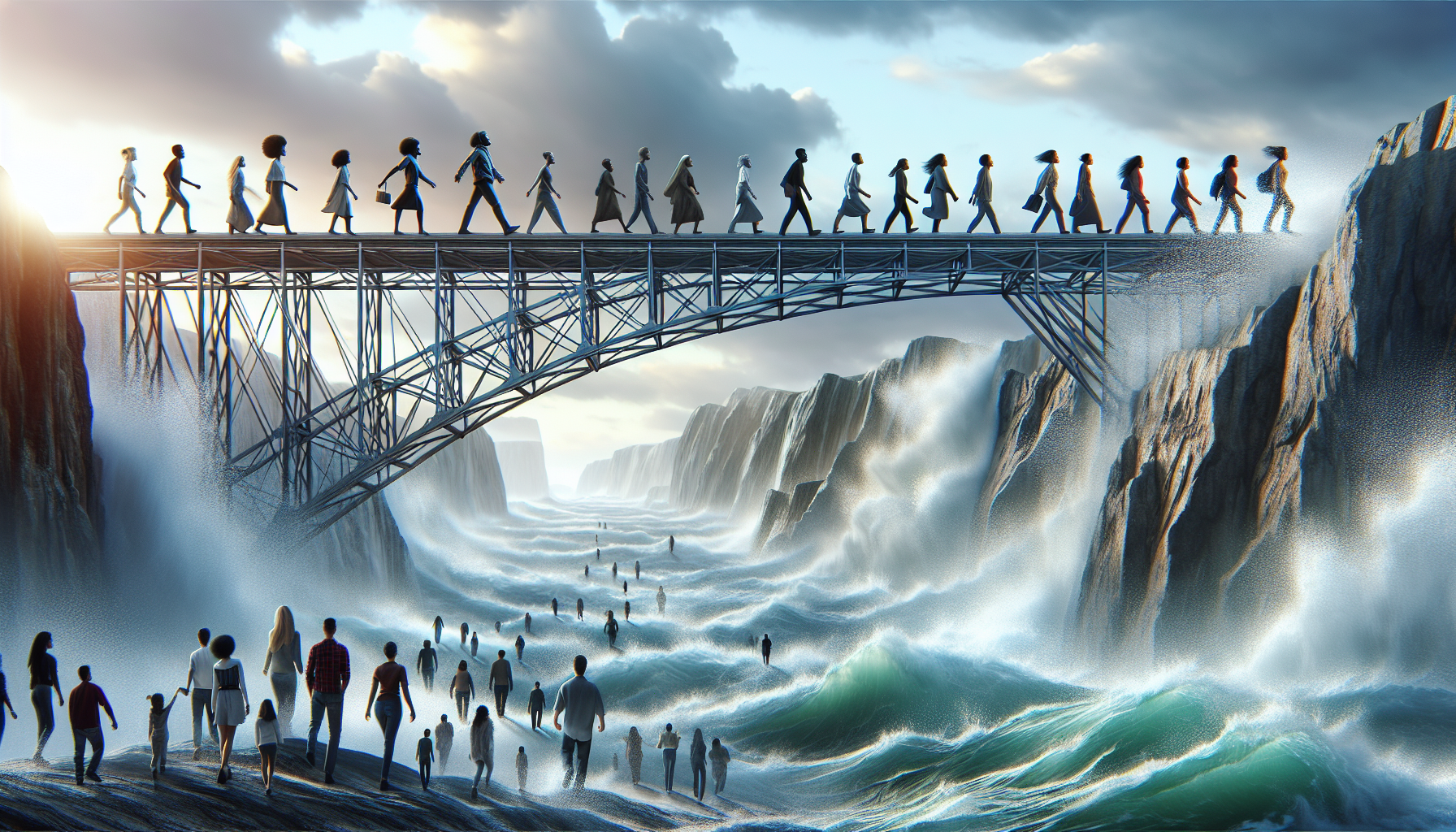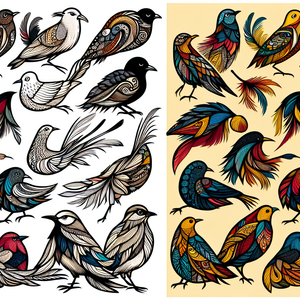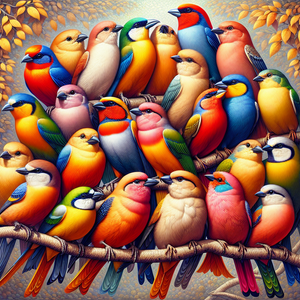The Evolution of NFL Halftime Shows

In the early years of the NFL, halftime shows were straightforward affairs. The first Super Bowl, held in 1967, featured a marching band from the University of Arizona as part of the entertainment. These performances were primarily local, focusing on showcasing regional talent and providing a brief respite for fans. The halftime show was not yet the spectacle it would become; instead, it served as a simple transition between two halves of a football game. During this period, the entertainment was modest in ambition and execution. Local high school bands, cheerleading squads, and small performers would take the stage, offering a brief glimpse of local talent rather than a grand entertainment experience. These shows were friendly and community-focused, catering primarily to the audience present in the stadium.
The Turning Point: The 1990s Revolution
The 1990s marked a significant turning point for NFL halftime shows. In 1993, the league took a bold step by inviting Michael Jackson to perform, forever changing the landscape of halftime entertainment. Jackson’s performance was a groundbreaking moment, attracting an audience far beyond football fans. His elaborate choreography, stunning visuals, and a medley of hits captivated viewers, showing that halftime could be a major entertainment event in its own right. Following Jackson's electrifying performance, the NFL embraced a more diverse array of artists, including stars like Prince, Britney Spears, and U2. These performances not only entertained but also provided a platform for social messages. U2’s moving tribute to the victims of the 9/11 attacks during their 2002 performance is a prime example, blending music with poignant social commentary and showcasing how halftime shows could resonate deeply with viewers.
The Golden Age: Super Bowl as a Cultural Event
As the 2000s rolled in, halftime shows became a staple of Super Bowl culture, drawing in audiences that extended beyond sports enthusiasts. The NFL capitalized on this trend, securing major artists like Beyoncé, Lady Gaga, and Shakira to headline the shows. The halftime show became a significant event that could boost an artist's visibility, with performances often trending on social media and sparking conversations that lasted long after the game concluded. For instance, Shakira and Jennifer Lopez's performance at Super Bowl 2020 was not only a celebration of Latin culture but also a powerful showcase of female empowerment, resonating with millions of viewers. Such performances have helped the NFL embrace diversity and reflect the changing dynamics of its audience, making the halftime show a platform for both entertainment and social issues.
Cultural Impact and Commercialization
The evolution of the halftime show has also paralleled the commercialization of the NFL. As the Super Bowl became a multi-billion dollar event, the halftime show morphed into a high-stakes production involving significant financial investments. Brands now see halftime as a prime opportunity for advertising, with commercials often as anticipated as the performances themselves. Moreover, the impact extends beyond the field. The halftime show has influenced pop culture, fashion trends, and social movements. The visibility that artists gain from performing can lead to increased album sales, sold-out tours, and a lasting legacy in the entertainment industry. For example, performances by artists like Beyoncé and Justin Timberlake have led to a resurgence in their music careers and have often prompted discussions about contemporary social issues, thereby reinforcing the halftime show’s role as a cultural touchstone.
The evolution of NFL halftime shows encapsulates a significant shift in how sports and entertainment intersect. From local bands to global superstars, these performances have become a crucial element of the Super Bowl, offering a platform for cultural expression and celebration. As the NFL continues to evolve, one thing is clear: the halftime show will remain a pivotal moment in sports entertainment, captivating audiences and highlighting the profound relationship between football and popular culture. Whether through a powerful performance or a thought-provoking message, the halftime show continues to leave an indelible mark on viewers around the world, reflecting both the changing dynamics of music and the cultural zeitgeist.
Event Production Manager
Core Responsibilities
Oversee the planning and execution of large-scale events, including halftime shows and concerts.
Coordinate with artists, vendors, and venue staff to ensure smooth production logistics.
Manage budgets, timelines, and schedules to deliver events on time and within financial constraints.
Required Skills
Strong organizational skills with experience in project management.
Excellent communication and negotiation abilities to liaise with multiple stakeholders.
Familiarity with audio-visual technology and staging requirements.
Common Employers
Sports organizations like the NFL, concert promotion companies, and event planning agencies.
Music Booking Agent
Core Responsibilities
Scout and secure musical talent for major events, including halftime shows.
Negotiate contracts and manage relationships between artists and event organizers.
Stay updated on industry trends to recommend suitable performers for specific events.
Required Skills
Strong networking skills and a deep understanding of the music industry.
Experience in contract negotiation and artist representation.
Knowledge of diverse musical genres and current popular artists.
Common Employers
Talent agencies, concert promoters, and entertainment management firms.
Marketing Specialist - Entertainment
Core Responsibilities
Develop and implement marketing campaigns to promote major events such as the Super Bowl halftime show.
Analyze market trends and audience demographics to tailor marketing strategies effectively.
Collaborate with social media teams to maximize digital engagement before and during events.
Required Skills
Proficiency in digital marketing tools and analytics platforms.
Creative thinking with an ability to craft compelling narratives around events.
Strong understanding of branding and audience engagement tactics.
Common Employers
Sports marketing firms, entertainment agencies, and advertising companies.
Production Designer
Core Responsibilities
Create visual concepts and designs for stage setups, lighting, and backdrops for events like halftime shows.
Collaborate with directors and producers to ensure the artistic vision is executed.
Supervise the construction and installation of design elements on-site.
Required Skills
Proficiency in design software (e.g., AutoCAD, Adobe Creative Suite).
Strong background in visual arts, set design, or theater production.
Ability to work under tight deadlines and adapt designs based on logistical constraints.
Common Employers
Event production companies, television networks, and theater companies.
Social Media Manager - Sports Entertainment
Core Responsibilities
Develop and curate content for social media platforms to promote halftime shows and engage fans.
Monitor social media trends and audience feedback to inform content strategy.
Collaborate with marketing and PR teams to align social media messaging with overall campaign goals.
Required Skills
Strong writing and content creation skills tailored for various social media platforms.
Familiarity with social media analytics tools to track engagement and performance.
Creative mindset with an ability to generate viral content.
Common Employers
Sports teams, entertainment firms, and digital marketing agencies.


